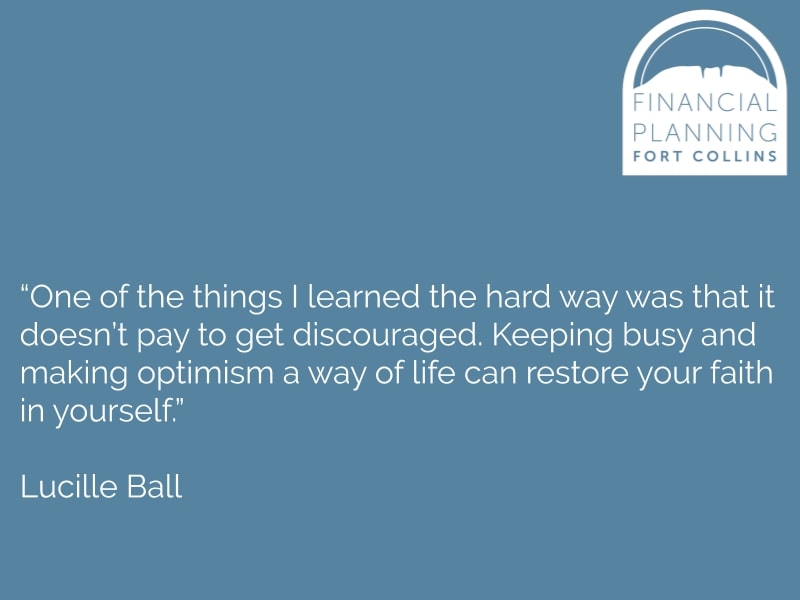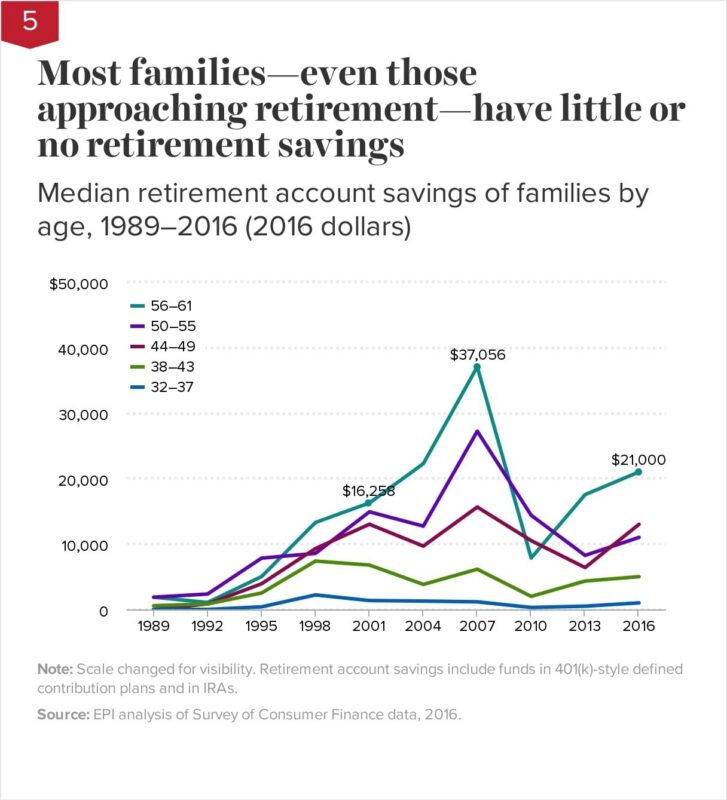A client told me, “I’m just trying to save more than 4% of my income!” But then I reminded her, “Well, you used to save 0% of your income, so you’re making progress!”
Saving money is the responsible thing to do … but also the boring thing to do. We know we should save for a rainy day; we should save for retirement; we should save for <insert your reason here>. Yet, can you relate to this thinking?
▶︎ I’ll start saving money tomorrow since I’d much rather purchase that new item now.
Impulse buying and enjoying the moment are natural tendencies for every human. The reward systems in our brains crave immediate gratification. Yet, people who excel at self-control find ways to make their habits easier to follow. And this sometimes means making sure you’re not tempted to make bad decisions.
Angela Duckworth, the author of Grit, said as a guest in the Choiceology podcast,
‘… self-controlled people have an armory of strategies, very clever hacks. You know, “Oh, I never keep the Halloween candy in the house after October, 31st.” Or you know, “I always turn my cell phone off, and hide it in a drawer before I go to work.” Lots of hacks that are very clever and are not the same things as simply suppressing impulses.’
Let’s create a clever hack for you to trick yourself to save some more money!
Lazy Economics
One of the easiest ways to begin saving money is to understand that humans can be lazy. Richard Thaler describes a fascinating story in his book, Nudge: Improving Decisions On Health, Wealth, And Happiness.
When analyzing the participation rates of company-sponsored 401(k) plans, he noticed two scenarios:
▶︎ First scenario: An employee would have to opt-in and fill out paperwork to participate in the 401(k) plan.
▶︎ Second scenario: An employee would be automatically enrolled and would have to opt-out if they didn’t want to participate.
In the book, Thaler explained,
“… participation rates under the opt-in approach were barely 20% after three months of employment, gradually increasing to 65% after 36 months. But when automatic enrollment was adopted, enrollment of new employees jumped to 90% immediately and increased to 98% within 36 months.”
Wow! A 33% increase in 401(k) participation rates by eliminating the first and most intimidating step. Life gets busy and people avoid responsibilities they don’t understand — especially when those responsibilities are jargon-filled investment options.
Now the trick is to have systems — like the automatic 401(k) plan — work in the background of your life to help you save money. The easiest way to do this is to leverage technology.
How You Can Save More Money
Below are some steps to help you create your own systems — and then you can go back to being lazy!
1. OPEN YOUR SAVINGS ACCOUNTS
To make things simple, let’s identify three types of savings categories.
A. EMERGENCY FUND
Your roof caves in. Your car engine keeps making that noise. You lose your main source(s) of income. You need to pay for a medical emergency. Your uncle passes away suddenly and you need to book a plane ticket for his funeral.
These all sound like plausible life events, right? A guideline in the financial planning world is to have at least three to six months of your livelihood expenses sitting in an emergency fund to help you pay for “curveball” life expenses.
B. RETIREMENT MONEY
According to the Economic Policy Institute, Americans are lacking in the retirement savings department. Just look at the below graphic.
Lots of baby boomers and Generation X-ers are scrambling to save more money as they approach “ideal retirement age.” Scrambling fits as an appropriate term when many people are sacrificing their livelihoods during their last working years to save more. We also hear of the many people who are working longer on account of their lack of savings.
Start as early as you can so you can have your money work for you longer gaining compound interest over time.
C. FINANCIAL MILESTONES
Saving money doesn’t always have to “blah, blah, blah.” Create a fun savings goal. A down payment for a house. A new car. A dream vacation. A Dr. Seuss painting. Whatever fits your fancy. Choose something that gets you excited to save money.
You now know where to save. A good strategy is to open separate accounts for each savings goal. Talk to your current bank first to see how much they charge for multiple savings accounts. If they charge fees on these accounts, look into online banks to help you start saving — without losing your hard-earned money to fees.
Pro tip: My wife and I use an online bank where they have a feature to create sub-accounts within our savings account. We distribute part of our savings toward four categories so we can visualize the intentionality behind our savings. Our categories include:
-
- An emergency fund
- A house repairs fund
- An adventure fund
- A general savings fund
2. DEFINE YOUR DOLLAR AMOUNTS
Another popular guideline within the financial planning realm is to create your budget like this:
50% Livelihood Expenses
+ 30% Fun Money
+ 20% Savings Goals
Your After-Tax Income
This 20% savings goal may seem daunting at first, but don’t get discouraged. If you’re nowhere near that amount, remember a fun quote from a popular movie.

Start “chipping away” by at least putting small dollar amounts in your separate savings accounts. You can always increase these numbers later to get closer to that 20% goal … but it’s important to get started today!
3. SET UP AUTOMATIC TRANSFERS
Now here’s the final step to trick yourself: Make your savings automatic. This will allow money to “vanish” from your checking account, thus becoming less tempting to spend.
Use your online banking system to schedule recurring transfers from your checking account to your savings accounts. You can schedule the transfers for the first of the month or the day after your paychecks hit your checking account. You’ll want to make sure you won’t overdraft your account — and be penalized with fees — so it’s best to start small and then increase when you become more comfortable.
Make your money disappear from your checking account and go automatically into your savings accounts.
▶︎ Another trick you can use is to distribute your paycheck into multiple accounts. You can set a determined amount to go into your savings and then have the rest go into your checking account.
Remember, saving money is easier when it’s out of sight, out of mind!
Yes, saving money might feel annoying since you’re preventing yourself from enjoying your hard-earned money. I get it. But whenever the day comes when you need that money — an emergency, retirement, or your next financial milestone — boy, I can bet you’re going to be thrilled you have these funds available.
In these current times, we’ve noticed that clients who have emergency funds don’t have the financial stress adding to an already stressful situation. Even though you’re tricking yourself to save money for your future self, you can remain optimistic that your future self will thank you.
Try not to get frustrated for not having the perfect savings strategy today. Instead, work on getting better little by little. As a famous comedian said:

So what are you going to do to get busy? Put in the grunt work by establishing your savings plan and make it automatic. Then you can go back to being lazy because you played a good-faith trick on yourself — and your bank accounts. Happy saving!





 About the Author
About the Author

